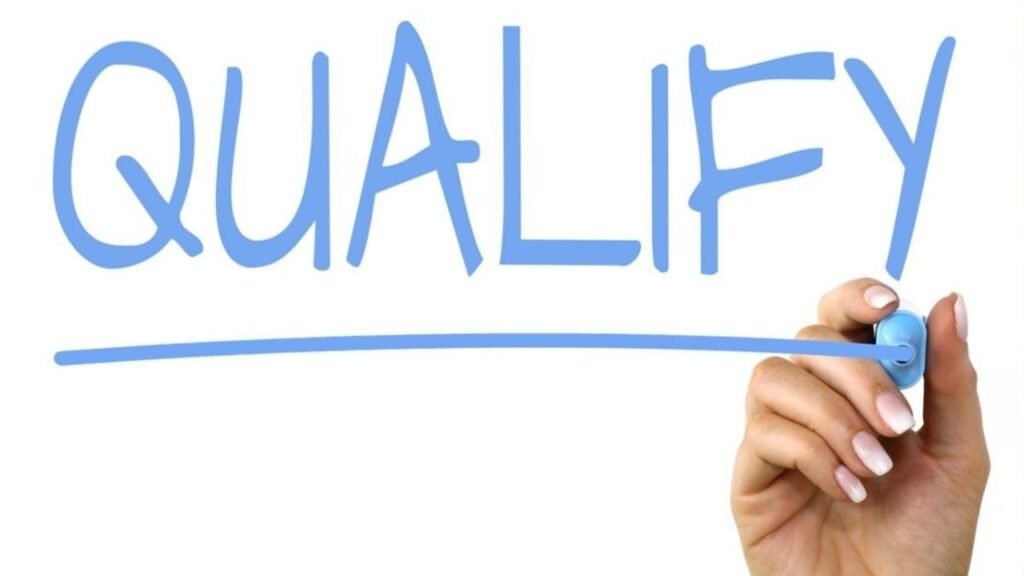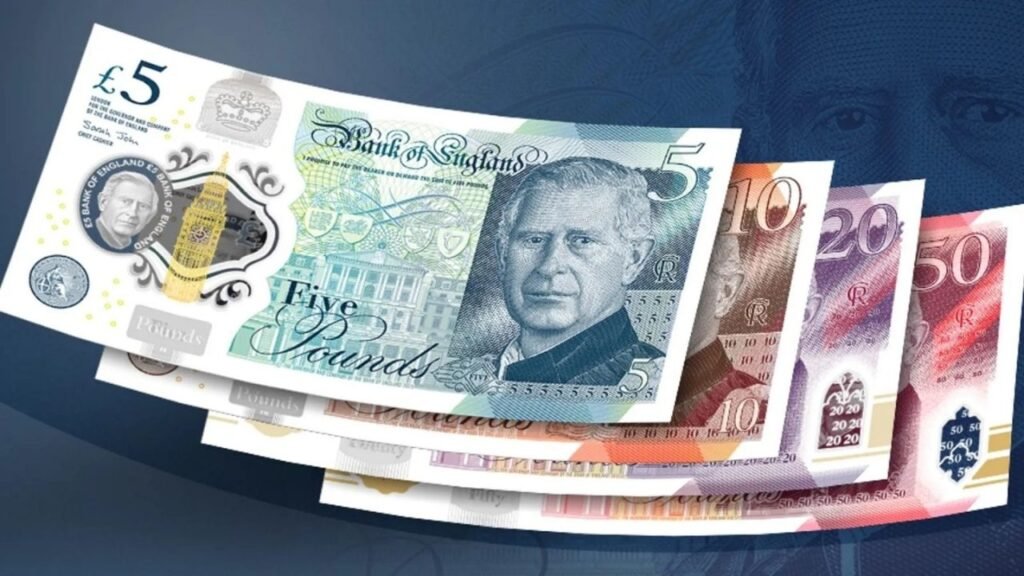The UK Government has officially announced a brand new £200 Cost-of-Living Payment to be allotted in October 2025. This one-off payment is part of a continuing attempt to assist inclined and low-profits households manage the rising costs of energy, food, and housing.
Unlike trendy tax breaks or rebates, this payment could be issued routinely to eligible citizens—ensuring quick economic relief all through the autumn and wintry weather months whilst utility payments and grocery costs generally surge. For pensioners, families on benefits, and disabled people, this £200 increase ought to function a critical protection net amid ongoing inflation.
Why the Government Introduced This Payment
The UK continues to face chronic inflation and high utility prices, setting strain on millions of families. By October 2025, energy costs are anticipated to climb again as less warm climate drives better demand. The £200 Cost-of-Living Payment is part of a broader government program deal designed to:
- Ease strain from growing fuel and electricity bills.
- Reduce the impact of grocery rate inflation.
- Support pensioners, disabled citizens, and low-income people most stricken by economic strain.
Government officials argue that direct payments are the quickest and most effective manner to help suffering households more green than subsidies or rebates, as funds attain the people who need them maximum.
Who Qualifies for the £200 Payment

Eligibility for the October 2025 payment will carefully follow previous cost-of-living schemes however with updated earnings thresholds and benefit conditions.
- Universal Credit
- Pension Credit
- Income Support
- Income-based Jobseeker’s Allowance (JSA)
- Income-related Employment and Support Allowance (ESA)
Additionally, pensioners may qualify if they’re eligible for the Winter Fuel Payment or get hold of particular income-associated dietary supplements. Households with disabled adults or children may additionally receive the £200 payment through disability-related benefits.
When the £200 Payment Will Be Delivered
The Department for Work and Pensions (DWP) will begin distributing payments at once to eligible claimants in early October 2025.
- No utility is required — the payment might be made routinely.
- Direct financial institution deposit is the default method of payment.
- Those without bank accounts may additionally receive cheques or pay as you go cards.
- Payments will seem under an official DWP Cost-of-Living reference on bank statements.
To keep away from delays, claimants have to ensure that their financial institution info and personal facts are updated with DWP, HMRC, or their local authority. Official notifications might be sent thru letters, textual content signals, or thru the GOV.UK online portal.
Administrative Deadlines and Steps to Follow
Even even though the payment is automatic, there are key steps claimants should take:
- Update your information if you’ve recently modified banks or addresses.
- If you’re coming near pension age or submitting a brand new benefit declare, do so early to be blanketed.
- Keep all reliable letters or payment references for facts or financial making plans.
Being proactive now will help keep away from missing out or facing administrative mistakes later—specially because the DWP expects a large number of simultaneous payments in October.

Impact on Pensioners and Retired Households
Pensioners remain one of the most financially affected corporations, in particular at some stage in the colder months while heating costs leap. The £200 Cost-of-Living Payment will complement present schemes like the:
- Winter Fuel Payment (for heating payments)
- Warm Home Discount (carried out to power accounts)
For retirees on fixed earning, this payment will provide substantial remedy. Many pensioners plan to use it to cover utility payments, grocery costs, or healthcare-related expenses, making sure they can live heat and healthful in the course of iciness. Financial professionals suggest budgeting this payment wisely—allocating budget first to necessities along with energy bills, prescriptions, or meals before any discretionary spending.
Additional Support Available Beyond the £200 Payment
In addition to this new payment, the government and local councils provide several ongoing assistance programs, consisting of:
- Warm Home Discount: A one-off electricity bill discount of up to £150.
- Household Support Fund: Local councils provide help for necessities which include food and heating.
- Energy Supplier Grants: Some strength corporations offer trouble funds or bendy payment plans.
- Pension Credit: Pensioners who observe may also free up similarly reductions and benefits.
- Charitable and network assist: Many charities and food banks offer short-term financial useful resource, heat areas, or essential items.
Taking benefit of more than one support schemes can help households construct a greater sustainable monetary cushion past the only-time £200 payment.
Conclusion
At present, there is no confirmed, official £200 Cost of Living Payment scheduled for October 2025 under the DWP’s national scheme. The DWP itself continues to describe its Cost of Living Payments program as having ended, with no new payments planned.
Some local councils can also distribute £200 offers through the Household Support Fund, and the Winter Fuel Payment (for pensioners) may also attain £200 or £300 depending on situations. But these are awesome from a national £200 DWP cost-of-living payment.
If a brand new payment is announced, your first-rate course is to stay up to date through official resources, maintain your benefit facts in excellent status, and look ahead to formal eligibility criteria and payout schedules.
FAQ’s
Do I want to apply for this payment?
No. The DWP will issue bills automatically to eligible claimants; no application is needed.
When will I receive the payment?
Payments will start rolling out in early October 2025 and hold through the month.
Will this payment affect my different benefits or taxes?
No. The £200 Cost-of-Living Payment is tax-free and could not affect your current benefits.
